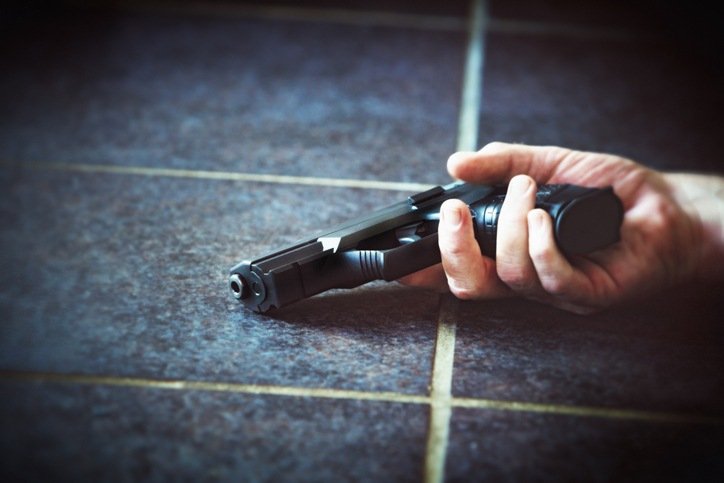By: Vivian H. Lyons, Emma L. Gause, Keith R Spangler, et al.
Importance: Firearm violence is a leading public health crisis in the US. Understanding whether and how ambient temperature is associated with firearm violence may identify new avenues for prevention and intervention.
Objective: To estimate the overall and regional association between hotter temperatures and higher risk of firearm violence in the US.
Design, setting, and participants: This cross-sectional study used distributed lag nonlinear models, controlling for seasonality and long-term time trends by city and pooled results overall and by climate region. The most populous cities in the US with the highest number of assault-related firearm incidence (ie, shootings) from 2015 to 2020 were analyzed. Data analysis was performed from October 2021 to June 2022.
Exposures: Maximum daily temperature by city.
Main outcomes and measures: The primary outcome was the number of assault-related firearm shootings by city.
Results: A total of 116 511 shootings in 100 cities were included in this analysis. The pooled analysis estimated that 6.85% (95% CI, 6.09%-7.46%) of all shootings were attributable to days hotter than city-specific median temperatures. This equates to 7973 total shootings (95% CI, 7092-8688 total shootings) across the 100 cities over the 6-year study period, although the number of total persons injured or killed would be higher. Estimated risk of firearm incidents increased almost monotonically with higher temperatures, with a local peak at the 84th percentile of the temperature range corresponding to a relative risk of 1.17 (95% CI, 1.12-1.21) compared with the median temperature. However, even moderately hot temperatures were associated with higher risk of shootings. Although significant, there was low heterogeneity between cities (I2 = 11.7%; Cochran Q test, P = .02), indicating regional or climate-specific variation in the daily temperature and incident shootings relationship.
Conclusions and relevance: These findings underscore the importance of heat adaptation strategies broadly throughout the year to reduce shootings, rather than focusing on only the hottest days.
JAMA Netw Open. 2022 Dec 1;5(12):e2247207. doi: 10.1001/jamanetworkopen.2022.47207. PMID: 36525273; PMCID: PMC9856408.



